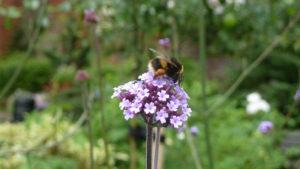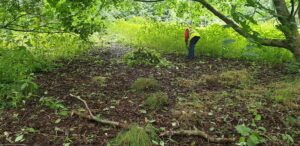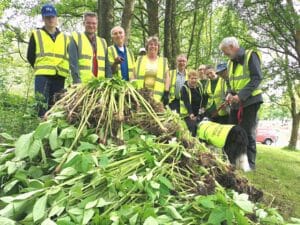Himalayan Balsam has an attractive flower, spreads very rapidly but is not a native species. 
Pull – roots are shallow so come out easily
Shake – remove the soil from the roots
Snap – break the stem to stop it growing
Pile it up – watch the pile grow and then leave it, nature will rot it down!
DO:
- Leave it where you find it – it’s illegal to remove it
- Socially distance – follow government guidelines
- Wear gloves and strong shoes
DON’T
- Put it in you brown or green bin – that will spread the seeds
- Work on a riverbank – it’s dangerous and easy to slip
- Pick other flowers – the bees need them!


The Royal Horticultural Society (RHS) says Himalayan balsam is a tall growing annual, 2-3m (6-10ft) in height. Between June and October it produces clusters of purplish pink (or rarely white) helmet-shaped flowers. The flowers are followed by seed pods that open explosively when ripe.

Professor Rick Battarbee FRS of the Change Research Centre, University College, London says: It’s important to remove the balsam and in its place restore a diverse community of native wildflowers. Such a community will then support of variety of pollinators including honey bees but also other bees, hoverflies and moths.
Civic Pride Rossendale were going to organise a series of balsam bashing sessions but we know we’d get a lot more than 6 people so we’re suggesting you do it in family groups. Every plant will have up to 800 seeds so an hours work will make a heck of a difference. The picture below was taken in 2019 before social distancing had even entered the langauge!





